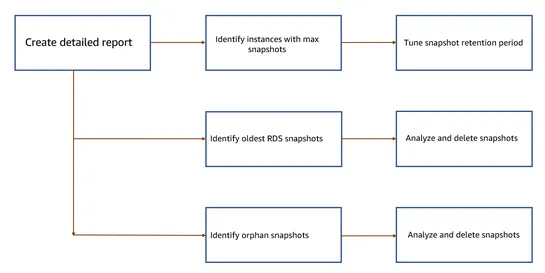IT Incident Management Tools: The Backbone of Business Continuity
In today's digital world, IT systems are critical for any organization's success. To maintain smooth operations, businesses need IT incident management tools for proactive problem prevention and swift incident resolution.
Traditional monitoring methods are slow and inefficient, leading to extended downtime. IT incident management tools provide a comprehensive solution by:
Offering early problem detection through real-time system health insights.
Improving incident response with automation and streamlined workflows.
Enhancing collaboration through central communication platforms.
Enabling data-driven decision making with valuable insights from incident data.
The benefits of using IT incident management tools include reduced downtime, improved team efficiency, better visibility into IT health, stronger collaboration, and informed decision-making.
When choosing IT incident management tools, consider features, scalability, ease of use, and integration capabilities with existing systems.
The future of IT incident management is driven by automation, AI, and machine learning, leading to faster resolution and a shift towards proactive prevention.
IT incident management tools are essential for businesses to ensure optimal IT health, minimize downtime, and achieve superior business continuity.









